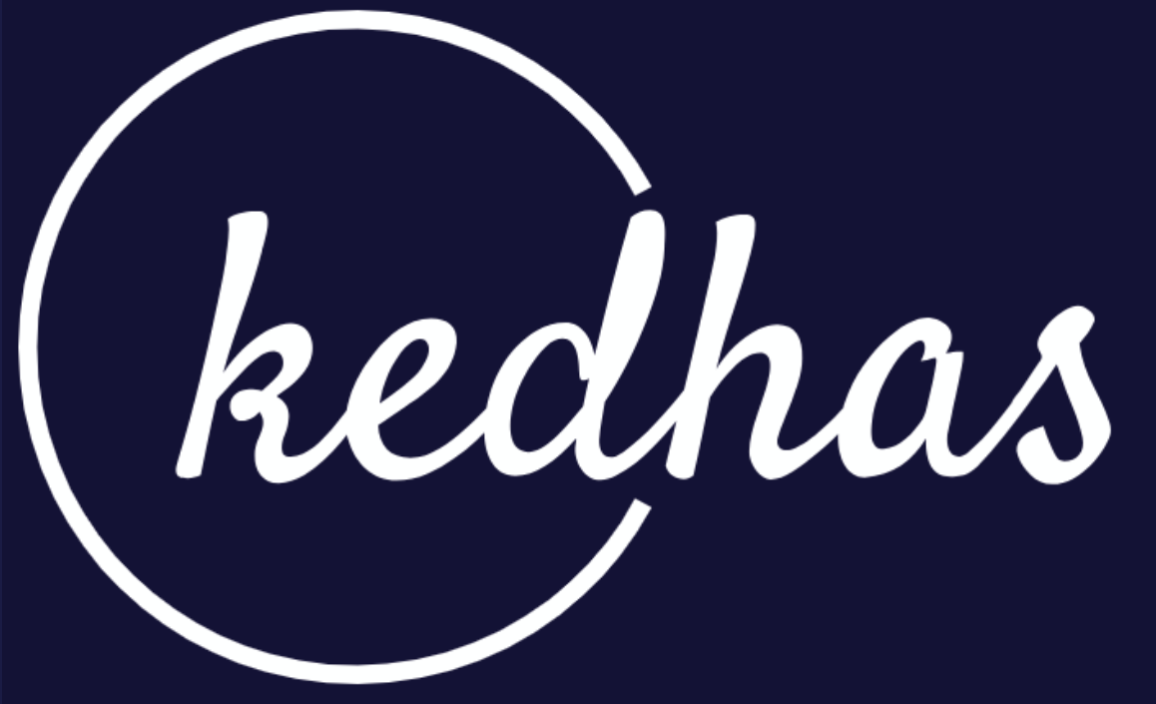Basic Syntax
In this section, we'll explore the fundamental syntax and structure of a .NET Core application. Understanding these basics is essential for writing clean, efficient, and maintainable code.
Program Structure
A typical .NET Core application consists of the following components:
-
Namespace: A namespace is a container that holds a set of identifiers and allows you to organize your code.
-
Class: A class is a blueprint for creating objects. It encapsulates data and methods that operate on the data.
-
Main Method: The
Mainmethod serves as the entry point for the application. Execution starts here.
Here's a simple example:
using System;
namespace HelloWorld
{
class Program
{
static void Main(string[] args)
{
Console.WriteLine("Hello, World!");
}
}
}Key Syntax Elements
-
Comments: Comments are used for code documentation. Single-line comments start with
//, and multi-line comments are enclosed between/*and*/.// This is a single-line comment /* This is a multi-line comment */ -
Variables: Variables are used to store data. You must declare a variable's type when you define it.
int x = 10; string name = "John"; -
Data Types: .NET Core supports various data types like
int,float,double,char,string, andbool. -
Operators: Operators like
+,-,*,/, and%are used for mathematical operations. -
Control Statements:
if,else, andswitchare used for conditional operations, while loops likefor,while, anddo-whileare used for repeated execution. -
Functions: Functions are blocks of code designed to perform specific tasks. They can take parameters and return values.
int Add(int a, int b) { return a + b; } -
Access Modifiers:
public,private,protected, andinternalare used to set the accessibility of classes, methods, and other members.
By understanding these basic syntax elements, you'll be well-equipped to read and write .NET Core applications effectively.
Book a conversation with us for personalize training today!

